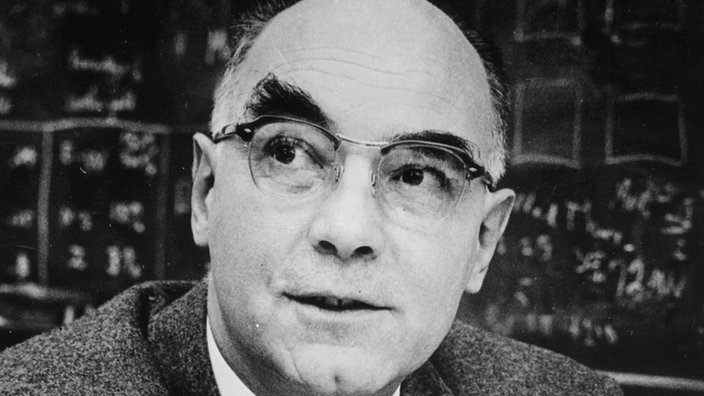He discovered the positron and proved the existence of antiparticles: Who is Carl David Anderson?
There is an antiparticle in nature for each of the fundamental particles that make matter. The positron, the first of the known antiparticles, was discovered just after Anderson got his Ph.D.

US physicist. He was born on September 3, 1905, in New York. He was the son of a family of Swedish descent. After graduating from Los Angeles Polytechnic High School, he entered the California Institute of Technology in 1924 and from that day on, his name has always been associated with this institution. Anderson, who received his undergraduate degree in 1927, did his graduate studies in the laboratory of R A Millikan, who received the 1923 Nobel Prize. After completing his doctorate in 1930, he directed the experimental physics laboratory at the California Institute of Technology. He was awarded the Nobel Prize in Physics with V F Hess in 1936 and became a professor in 1939.
Carl David Anderson (September 3, 1905 – January 11, 1991) was an American physicist. He is best known for his discovery of the positron in 1932, an achievement for which he received the 1936 Nobel Prize in Physics, and of the muon in 1936.
There is an antiparticle in nature for each of the fundamental particles that make up matter. The first of the known antiparticles, the positron, was discovered just after Anderson got his Ph.D. The discovery of the positron, also called the positive electron, can be considered a revolution in particle physics; because the positron, the first positively charged particle found outside the proton, was the first observed antiparticle. Anderson made this discovery during an experiment with Millikan to detect the motion of cosmic rays in a magnetic field.
Two physicists were using a fog chamber developed by Wilson to observe traces of the electrically charged particles that make up cosmic rays. The charged particle passing through this chamber ionized the molecules in its path, thus causing the surrounding vapor to turn into water. As studies continued, Anderson observed that some cosmic rays passed through the Wilson fog chamber left traces similar to electrons in all respects, but rotating in the opposite direction of the electrons in magnetic fields. These reversal tracks could have several explanations; The traces were either caused by low-energy protons or by electrons moving in the opposite direction during the scattering in the fog chamber. The more rational and well-founded assumption, as it explains the data better, was that the traces came from positive electrons. It was only after he dismissed all other possibilities with the help of US physicist Seth Henri Neddermeyer (1907) that Anderson accepted the particle he observed was the positron. His famous photograph, dated August 2, 1932, showed a positron passing through a lead plate placed in the fog chamber, clearing all doubts.
The positron is the antiparticle of the electron. All properties of these two particles are the same except for their electric charges. Electric charges are equal in absolute value, but opposite in sign. In other words, the positron is the charge conjugate of the electron. When a positron and an electron collide, both are destroyed and the only light is produced. Therefore, although the positron is a stable particle on its own, it cannot survive for very long under normal conditions on earth, as it will eventually collide with one of the electrons that make up matter and disappear. Likewise, as a result of the collision of any particle and its antiparticle, both particles disappear and matter completely turns into radiation or particles called photons according to the quantum theory.
In 1936, also with Neddermeyer's help, Anderson made his second major discovery. Observing that a short-lived (2X10 second) charged particle one-tenth the mass of a proton, or 200 electrons, was found among cosmic rays, Anderson named these medium-volume particles the mesotron. This name was later shortened and the particles were called mesons. He thought that the particles he had found were those that transmit strong interactions that bind atomic nuclei, as H Yukava had theorized less than two years ago.
